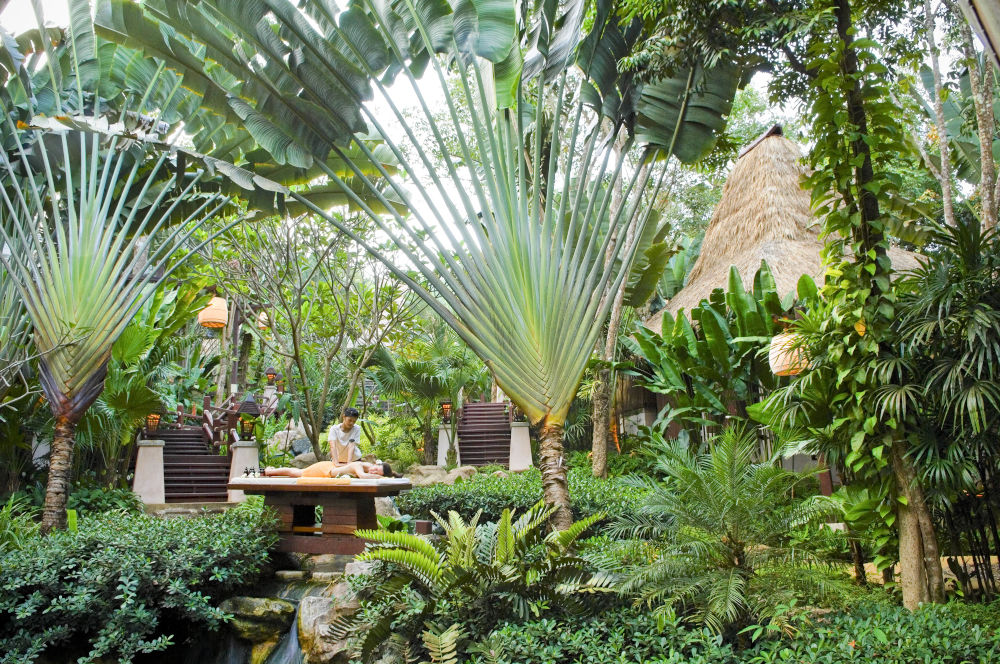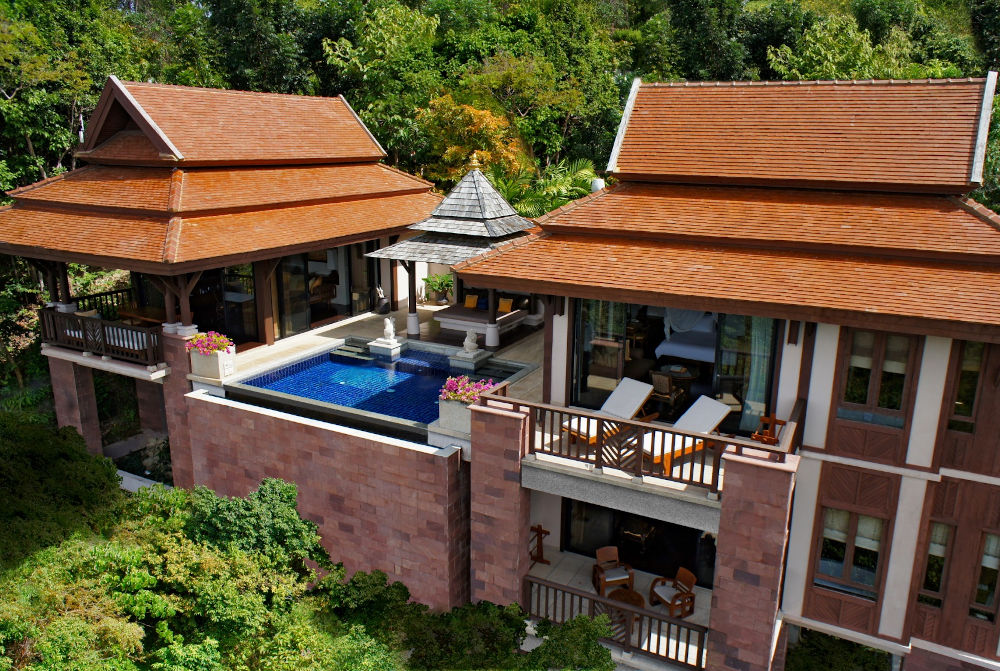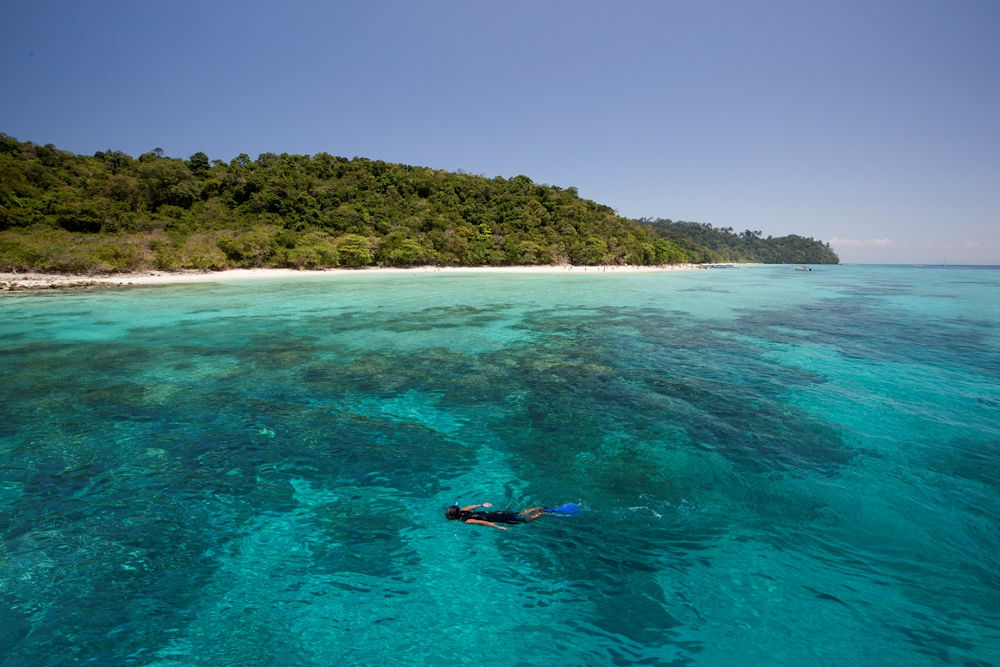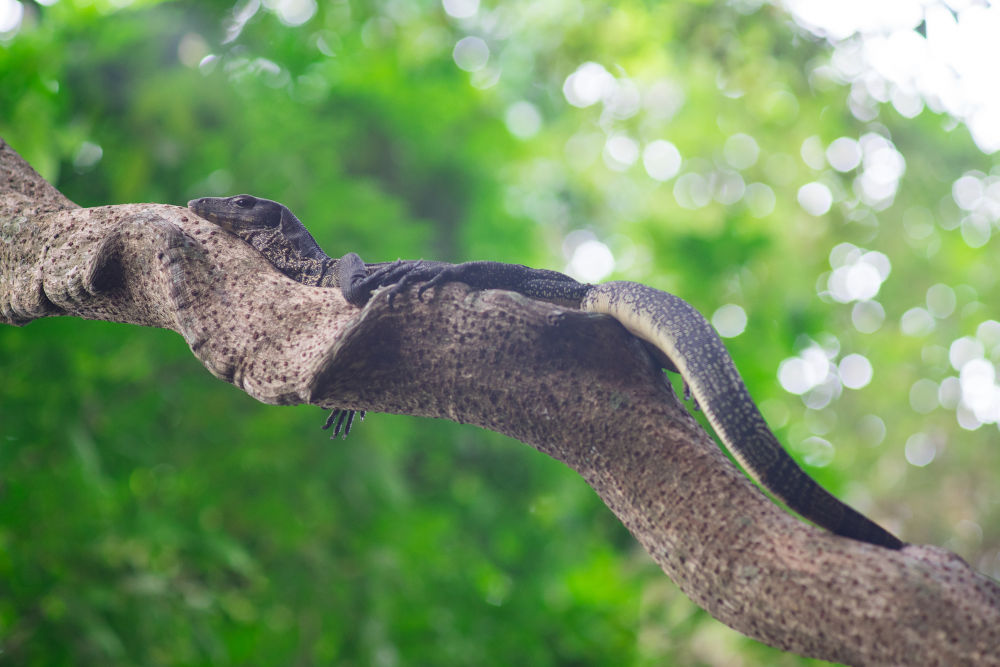Charintip Tiyaphorn is the owner representative of Pimalai Resort and Spa and the daughter of Mr Anurat Tiyaphorn, a successful corporate lawyer from Bangkok whose vision it was to create Pimalai. Initially, Ms Charintip’s father was looking for a small piece of land on Koh Lanta to spend his retirement, relaxing by the beach and sailing. He found Kantiang Beach, which was isolated, remote and indescribably beautiful.
He was concerned however, that if he only owned a small piece of land, developers may overexploit the area, so he decided to develop it himself in an environmentally-friendly way, to give something back to Koh Lanta and to Thailand, and Pimalai Resort and Spa was born.
Having opened in 2001 with 80 keys, it expanded to 144 rooms, suites and villas, including its luxurious Hillside Ocean View Pool Villas in 2005 and has remained the finest five-star beachfront retreat in Koh Lanta. It has also been at the top of the TripAdvisor rankings for nine years.

Ms Charintip took up a major management role in 2014 and, with her leadership skills and philanthropic vision, Ms Charintip is now creating exceptional guest experiences and ensuring the sustainable development of Koh Lanta. A series of environmental projects, including the Zero Waste programme, Be Green initiatives and community tourism projects, deliver benefits to the entire island.
Ms Charintip is highly qualified in business management, having achieved a bachelor’s degree in accounting from Chulalongkorn University and a master’s degree in marketing and management from Sasin Graduate Institute of Business Administration. She also spent three-and-a-half years with Pricewaterhouse Coopers, where she specialised in audit control procedures.
Tell us about Pimalai Resort and Spa and what you’re currently doing from a sustainability perspective?
Nestled in 100 acres of tropical jungle on the main island, cascading gently down to a 900-metre stretch of white sand, Pimalai is a haven of tranquillity. The resort’s connection with the earth is ingrained in its very existence; when our founder Khun Anurat Tiyaphorn developed the resort, he took every possible step not to disturb the native flora and fauna; channelling rainwater from the mountains, retaining trees and dividing the project into phases to ensure that each area had time to recover.

In the two decades since launching, Pimalai has grown in harmony with Koh Lanta and its community – both on land and at sea. We have supported numerous programmes such as weekly litter collections, organic farming, coral propagation, clownfish breeding, mangrove restoration and coastal cleaning.
We also work hand-in-hand with islanders and support local businesses such as Aunty Bee’s Eco Handicraft, which sells bags made from recycled products, The Local Gondola, which operates non-motorised mangrove tours, and Tung Yee Peng Market, which sells authentic arts and crafts. By working with Following Giants, Pimalai is also helping to return elephants to the wild, and regular collaborations with schools are helping to educate the next generation of innovators and entrepreneurs.
Our day-to-day operations are similarly sustainable; Pimalai has been a leader in abolishing polystyrene and single-use plastics, including food containers and vacuum wrapping in its kitchens, and it has spent more than THB 16 million since 2018 installing energy-efficient fixtures and fittings, such as lights, air-conditioning units and water pumps.

We are successfully reducing food waste, water usage and paper, and we even provide waste management services for the entire island. We are on track to complete a series of key projects, such as the adoption of new containers made of compostable or recycled materials and the digitisation of all front and back-office processes, thus eliminating harmful electronic waste.
Why is it important to put Koh Lanta on the map as a world-leading ecotourism destination?
Koh Lanta is one of the most beautiful islands in the world, rich in ecological diversity and culture. It has never been more pertinent to protect the local community and ecosystems that reside within. Local communities increasingly understand the importance of sustainability and preserving the natural environment, so it is our responsibility to ensure visitors are equally informed.
What are the biggest threats to Koh Lanta’s ecosystem?
Global warming and waste that has been washed into the ocean are our biggest threats. Only one to two degrees Celsius in ocean temperature can cause coral bleaching. Coral reefs are home to many marine species, so coral bleaching will have an adverse effect on our precious marine ecosystem.

What does your 10-year sustainability plan entail? What do you set out to achieve?
Having successfully achieved our previous five-year environmental targets, which included energy, waste and water reduction, we have now launched an even more ambitious 10-year plan to tackle the most pressing issues and establish Koh Lanta as a leading ecotourism destination.
Set in collaboration with Green Globe, these new goals include a 15% decrease in electricity use per occupied room, a 10% reduction of water usage per day, a 5% fall in waste consumption, and a 5% increase in its use of responsibly sourced items. Perhaps most importantly of all, Pimalai is striving for a 20% reduction of its carbon footprint by the end of the decade.
In essence, we want to make sure that we can reduce our negative impact on our environment by producing less carbon and less waste. We want to be an example for other businesses in the community on how to reduce the impact and may be become a learning centre for the community.
Are you going to work with external organisations to achieve these goals?
We already work with many external parties including local schools, local authorities, NGOs, and reputable marine scientists. We will also support local eco-business operators and, for example, continue to work closely with the Koh Lanta National Park to support underwater and on-land litter clean up.

Is there anything guests of the resort can do to get involved?
For guests, the results of Pimalai’s strategy are already clear to see; fresh white sand, crystal clear seas, native plants such as banyan trees, coconut palms, cashew nuts, jasmine, bird of paradise flowers, and even century-old, 80-metre-tall banyan trees, and wildlife such as monitor lizards, eagles, hornbills and even dolphins.
To get involved in our campaign, guests can join the eco tours we have set up to become better informed. We encourage guests to support local businesses and for those who want to be really proactive, they can join the weekly litter pickup, coral propagation, and clownfish release.
What is your vision for the destination beyond 2021?
Our ultimate ambition is for the destination to adopt a circular tourism economy and for Pimalai Resort and Spa to be an integral part of this. We set out to make Koh Lanta a world-leading ecotourism destination for the current generation of travellers, and for generations to come.
Photography courtesy of Pimalai Resort and Spa.






















